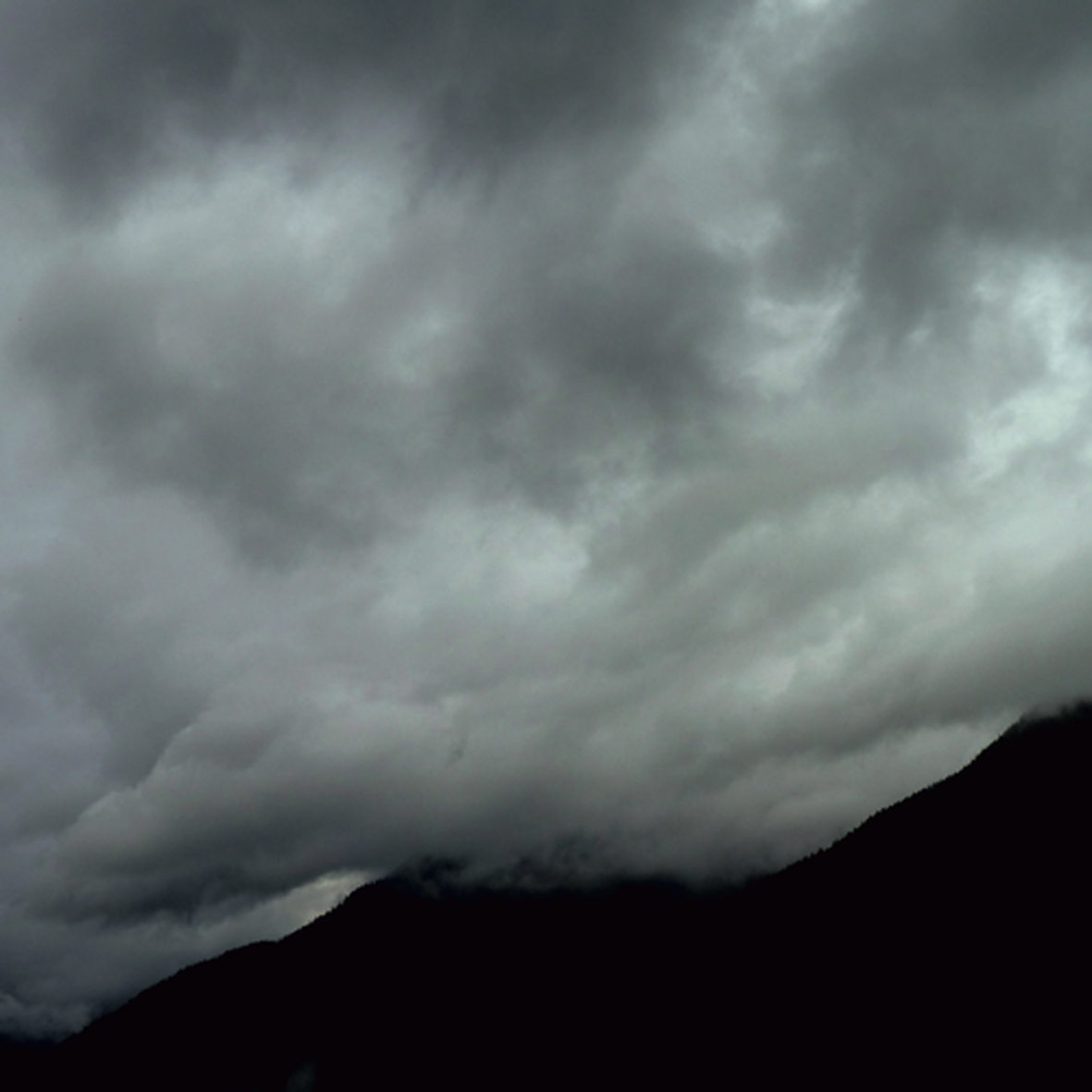 This reissue of Amir Abbey's 2011 cassette is not quite as strong as last year’s Movements of Night LP, but it certainly boasts enough inspiration to justify Students of Decay's decision to rescue it from out-of-print cassette purgatory. Although Amir covers a perplexing amount of stylistic ground and occasionally errs on the side of being too derivative, he has admittedly chosen some very cool artists to emulate (Popul Vuh, for example) and tends to excel at most of the genres that he delves into (shoegaze, drone, etc.).  That unevenness and shifting vision prevents The Silent March from quite succeeding as a complete album, but a few of the individual pieces are quite compelling.
This reissue of Amir Abbey's 2011 cassette is not quite as strong as last year’s Movements of Night LP, but it certainly boasts enough inspiration to justify Students of Decay's decision to rescue it from out-of-print cassette purgatory. Although Amir covers a perplexing amount of stylistic ground and occasionally errs on the side of being too derivative, he has admittedly chosen some very cool artists to emulate (Popul Vuh, for example) and tends to excel at most of the genres that he delves into (shoegaze, drone, etc.).  That unevenness and shifting vision prevents The Silent March from quite succeeding as a complete album, but a few of the individual pieces are quite compelling.
As far as cover art goes, Amir could not possibly have chosen have chosen anything more representative of his sound than a cloud.  While he drifts somewhat freely in style throughout The Silent March, the unifying theme is always that the music is slow-moving, soft-edged, shape-shifting, and somewhat dark.  The metaphor could even be extended further to note that these seven pieces also vary in density and in the amount of light that they let through.  Also, they tend to conceal things as well.  I was tempted to even add that The Silent March's missteps occur almost every time Abbey departs from his "I want to sound like a cloud" aesthetic, but he thankfully snuck in a few divergent successes that derailed my half-assed theory.  In any case, Amir is at his best when he goes with a slow-motion engulfing roar of shoegaze guitar noise that gradually reveals some kind of melancholy loop or chord progression.  The album reaches its zenith with the opening one-two punch of "Outside" and "Come Down Slowly," which does exactly that: the roar of "Outside" gradually segues into the warped, hallucinatory synth dirge of "Come Down."  Amir is quite fond of segues, incidentally: all of Silent March's songs bleed into one another.
Another highlight is the very different "Her Spirits," which sounds like an unplugged, funereal Codeine with proggy tendencies and a completely unexpected penchant for Indian instrumentation and flutes.  It is most definitely a dirge, but it maintains a weirdly hypnotic pulse and does a nice job of layering subtle psychedelic touches.  Amir then racks up yet another highlight at the album's end with the Popul Vuh pastiche of "Silent March II," which strongly resembles one of the variations of the Aguirre theme.  The other three pieces are all likable in their own ways, but tend to be too short or too one-dimensional to leave a strong impression, aside from the bleak "Eternal," which approximates a black-metal-damaged Explosions in the Sky.  Abbey was still finding his voice at this stage, I suppose, as he seemed a lot more focused in his vision with its follow-up.  As such, The Silent March is not the ideal starting place for Secret Pyramid, but it is successful often enough to appeal to existing fans who find themselves thirsty for more (especially since Amir is not an especially prolific guy).
Samples:
 
Read More

